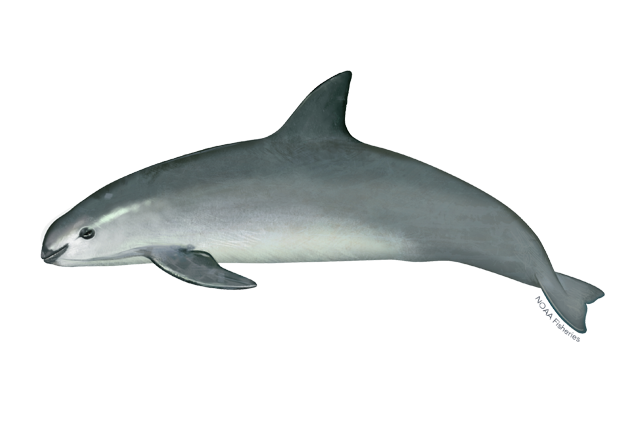Counter-Counterclaim Decision

This is a two-parter covering three decisions including Second Nature Designs Ltd. v. United States . This part covers an interesting procedural question with implications for importers deciding whether to file a challenge to a customs decision in the Court of International Trade. In this case, that decision was the proper classification of decorative objects made from branches, wood, dried flowers, and other material. Customs classified these items in HTSUS item 0604.90.60 other foliage, branches and other parts of plants . . . dried . . . or otherwise prepared (7%). Plaintiff believes the merchandise is properly classifiable in 0604.90.30 covering the same merchandise except in "dried or bleached" form (free). From Second Nature Designs This first decision does not resolve the classification. It goes to whether the United States properly asserted a counterclaim against the plaintiff. A counterclaim is a claim the defendant asserts against the plaintiff. Here, after Second







